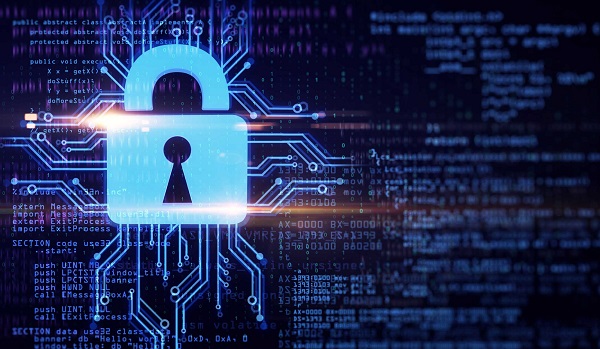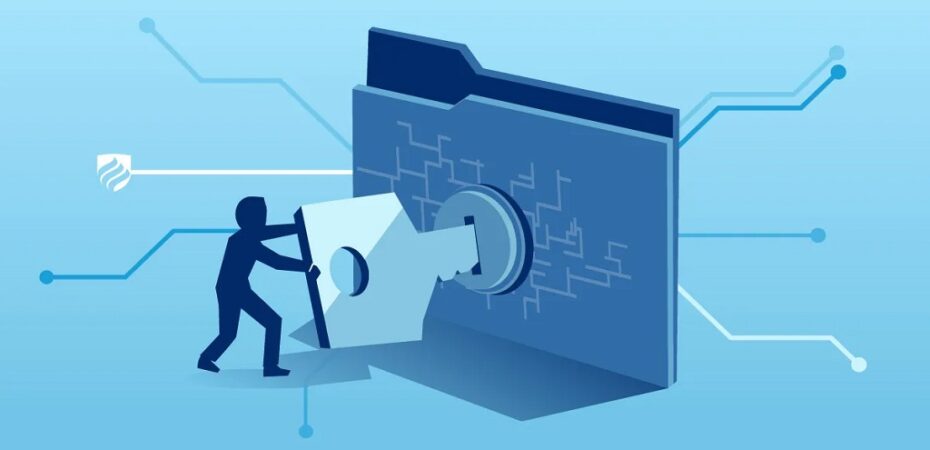Every year, cybercriminals devise new tricks to deceive unsuspecting people, and in response, cybersecurity experts step up their game to combat cyberattacks all year. This year is no different, but unlike before, individuals and organizations may face unique cybersecurity challenges that will give cybercriminals more power in 2023. That said, you can always stay one step ahead by getting familiar with some of the cybersecurity predictions for 2023.
Top cybersecurity predictions for 2023
The beginning of the end of third-party cookies
Since the increasing concern for data privacy in the last five years, Google has been working towards improving data privacy across its platforms. The company initially announced that it would eliminate third-party cookies in Chrome browser this year. But Google has moved the deadline for phasing out third-party cookies to 2024.
Interestingly, Safari and Firefox already eliminated third-party cookies. However, because two-thirds of internet browsing happens on Google Chrome, we can’t deny Google’s influence in the tech industry and among advertisers. We expect other tech companies to imitate Google and start phasing out third-party cookies this year.
Third-party cookies allow websites and advertisers to track and collect consumer data across the internet, making them cybersecurity risks. Cybercriminals can take advantage of the loopholes in the supply chains of third-party data vendors.
More adoption of biometrics technology in the banking sector

The traditional banking and financial services industry is a playground for cybercriminals. Banks are beginning to realize that traditional security authentication, passwords, and pins don’t provide ironclad security against cyberattacks. They can trick unsuspecting bank users, steal their banking details, or buy from anonymous suppliers on the dark web, including their passwords and pins.
Cybercriminals depend on weak and compromised login credentials for 80% of hacking-related breaches. On the other hand, 81% of financial services customers believe biometrics authentication provides better security. Hence, banks are now turning to modern technologies—face and fingerprint biometrics, to provide more secure authentication for users.
Ransomware will continue to surge in 2023
Cybercriminals are leveraging easier ways to extort from their victims without accessing their bank and financial credentials — ransomware. Ransomware cyberattacks got so prevalent in 2022 that the FBI and Cybersecurity and Infrastructure Security Agency (CISA) had to inform the public about them. By 2022, one of the prominent ransomware attacks, Hive ransomware, extorted about $100 million since June 2021 and has attacked over 1,300 companies globally.
After stealing delicate data from public and private entities, cybercriminals contact the victims threatening to publish their data if they refuse to pay a ransom. What makes ransomware more challenging to tackle is that the ransom victims pay help fund the ransom as a service industry, which creates a thriving cycle of cyberattacks. Hence, there will be widespread ransomware attacks in 2023.
The rise of deepfake attacks
Regardless of the original purpose of deepfake technology, you can bank on the global cybercrime industry to use it to extort people this year. The deepfake technology has advanced to a point where cybercriminals can now use it to manipulate audio, images, and videos to trick unsuspecting people. Sadly, companies are unaware of this and aren’t preparing their employees for deepfake cyberattacks.
As it is, deepfake content has a whopping 400% year-on-year growth, and cybersecurity experts are also witnessing an increase in deepfake attacks. Deepfake attacks are no longer exclusive to sci-fi, they’ve made it to the real world, and we better watch out.
Fileless malware poses a serious threat
Although fileless malware has been around since 2017, it poses a bigger threat than ever before this year. Unlike most types of cyberattacks, fileless malware is difficult to detect because it comes in-built with third-party apps infecting a device without leaving a memory trace. So, before the user finds out that fileless malware is on their device, it has already done its damage.
5 effective practices to protect yourself against cyberattacks in 2023

- Use an antivirus
- Avoid downloads from untrusted sources
- Update your devices and software regularly
- Back up regularly
- Use an ad blocker.
Use an antivirus
Antivirus will never get old, and thankfully, cybersecurity experts constantly develop and improve old and new antivirus to combat cyber virus attacks. So, don’t wait until you have to Google ‘is my phone hacked‘ before installing an antivirus on your devices.
With hundreds of reliable antivirus software available today, you shouldn’t have trouble choosing one for each of your devices. In fact, some antivirus software tools provide holistic protection across all devices. For example, Clario provides antivirus protection on Mac, iOS, and Android, making it easy to rely on only one antivirus tool for all your devices.
Avoid downloads from untrusted sources
As a rule of thumb, develop a wary mindset as you browse the internet and engage with social media platforms. Avoid interacting with links and downloading files from untrusted sources. One of the most popular viruses, the Trojan virus, can sneak into your device from a seemingly harmless attachment.
Update your devices and software regularly
Another way to protect yourself from the imminent threat of cyberattacks this year is to update your devices and software tools regularly. Updates often come with improved security patches that can stop hackers before doing any damage. Hackers are always lurking and looking to take advantage of loopholes.
Back up regularly

We all try, but there’s no complete guarantee against cyberattacks. Prepare yourself by backing up your files regularly to reduce the damage should you fall victim to a cyberattack.
Let’s use ransomware as an example. Ransomware can block your access to the files on the infected device while the cybercriminal threatens to delete or publish them. But if you back up said device regularly, you will have other copies of your documents, and you will make a better decision — perhaps choosing to ignore the hacker.
Use an ad blocker
An ad blocker is more than a tool for blocking annoying ads that take up your precious time. Ad blockers are also effective for shielding yourself against cyberattacks, even the prevalent ransomware. Install an ad blocker on your devices to protect against malvertising and drive-by download attacks.
Conclusion
As cybersecurity experts keep developing and improving cybersecurity measures and tools to combat cyberattacks, individuals and organizations have some responsibilities to ensure they don’t fall victim to cyberattacks. And the best way to start being responsible for your cybersecurity is by learning more about the cybersecurity industry, its trends, and predictions.
Read also:

